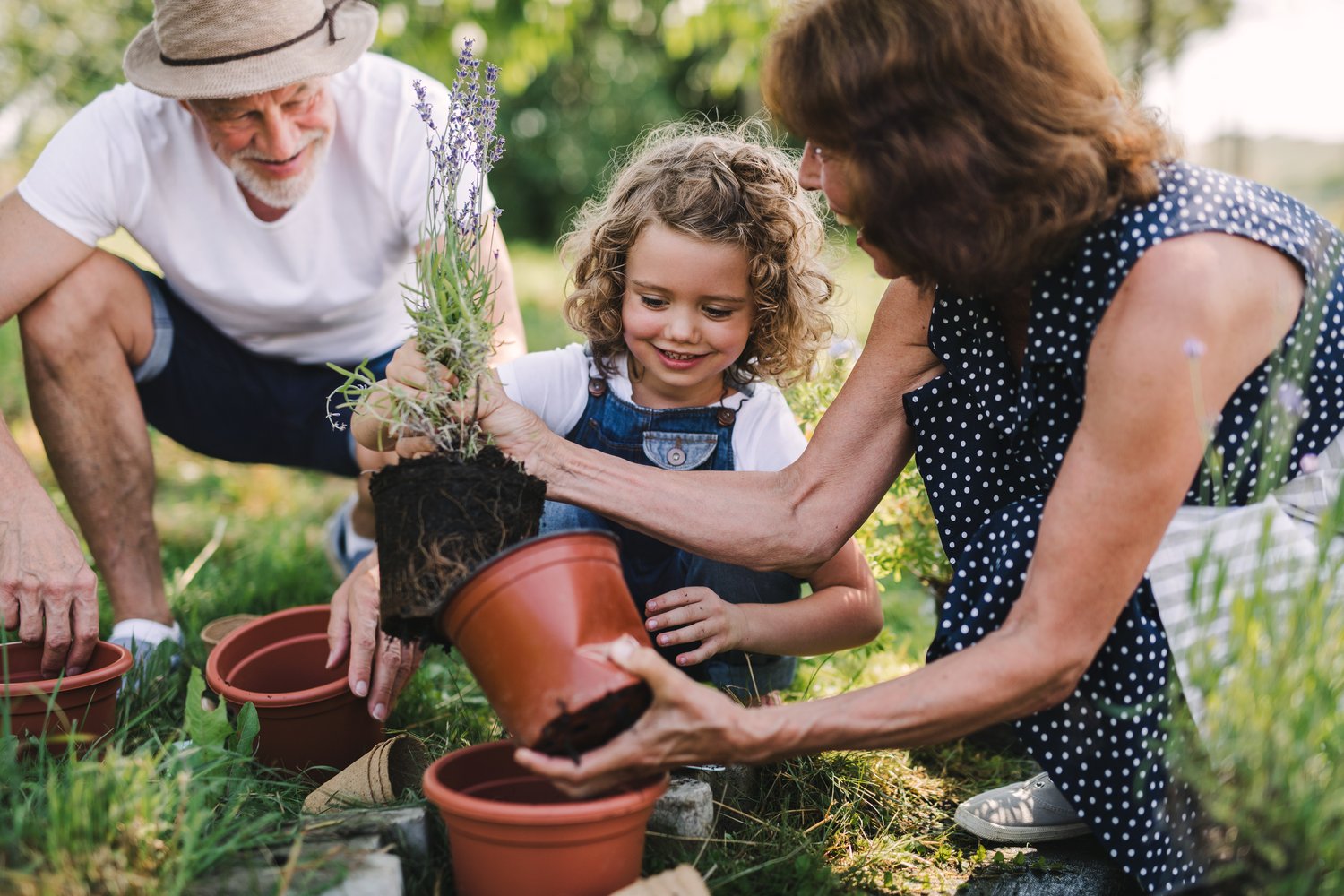Raised bed gardening has surged in popularity among both novice and experienced gardeners for its numerous advantages over traditional in-ground gardening methods. This comprehensive guide will walk you through the essentials of creating and maintaining productive garden beds that yield bountiful harvests while minimizing common gardening challenges. From selecting appropriate materials and determining optimal dimensions to formulating the perfect soil mix, you’ll discover how raised beds can transform your vegetable gardening experience, especially in small space gardening situations.
What Are Raised Garden Beds?
Raised garden beds are essentially containers that sit above ground level and hold soil for growing plants. Unlike traditional gardens that exist directly in the ground, raised bed gardening elevates the growing medium, creating a controlled environment for your plants. This simple yet effective approach to gardening has been practiced for centuries, though modern materials have made it more accessible than ever. Garden beds can be constructed in various heights, typically ranging from 6 to 36 inches tall, depending on your specific needs and physical requirements. The elevated nature of these beds creates distinct growing conditions that benefit many plants, particularly vegetables and herbs that require consistent soil quality and good drainage.
Benefits of Raised Bed Gardening
The advantages of raised bed gardening are numerous and significant. Perhaps the most immediate benefit is improved drainage, as excess water can easily flow through the elevated soil, preventing root rot and other moisture-related issues. Soil compaction becomes virtually non-existent since you won’t be walking on the beds, allowing plant roots to spread freely. Temperature regulation is another advantage, as raised beds warm up faster in spring, extending your growing season. For gardeners dealing with poor native soil, raised beds offer complete control over soil quality by allowing you to create the perfect soil mix from scratch. This controlled environment also makes vegetable gardening more productive, as plants can be placed closer together in the nutrient-rich environment.
Choosing Materials for Your Raised Beds
Selecting the right materials for your garden beds is crucial for longevity and plant health. Untreated wood remains a popular choice, with cedar and redwood offering natural resistance to decay without harmful chemicals. If you’re seeking expert advice on material selection for raised beds, the garden specialists at AskHomey can provide personalized recommendations based on your climate and budget. Metal options like galvanized steel or corrugated metal are gaining popularity for their durability and modern aesthetic. Stone and concrete blocks create permanent structures that retain heat well, benefiting plants in cooler climates. Avoid pressure-treated lumber manufactured before 2004, which may contain arsenic that could leach into your soil. Whatever material you choose, ensure it’s sturdy enough to withstand soil pressure and weather conditions in your area.
Determining the Right Dimensions
The ideal dimensions for raised beds balance accessibility with growing space. Width is particularly important—most gardeners find 3 to 4 feet optimal, allowing you to reach the center from either side without stepping into the bed. Length is more flexible and often determined by your available space, though keeping beds under 8 feet long makes them easier to work around. Height deserves careful consideration: 12 inches accommodates most vegetables, while deeper beds (18-24 inches) are better for root crops and plants with extensive root systems. For gardeners with mobility challenges, taller beds at waist height (30-36 inches) can make small space gardening more accessible and enjoyable by eliminating the need to bend or kneel.
Creating the Perfect Soil Mix
The superior performance of raised bed gardening largely depends on creating an optimal soil mix. Unlike traditional gardens where you work with existing soil, raised beds give you a blank canvas. A basic formula that works well for most vegetable gardening consists of equal parts topsoil, compost, and coarse sand or perlite. The topsoil provides basic structure, compost delivers essential nutrients and beneficial microorganisms, while sand or perlite ensures proper drainage. For heavy feeders like tomatoes, you might incorporate additional organic matter such as well-rotted manure or worm castings. Avoid using soil directly from your yard, which may contain weed seeds, pests, or diseases. Instead, invest in quality components for your soil mix, as this foundation will determine your garden’s productivity for years to come.
Planting and Maintaining Your Raised Bed Garden
Once your beds are built and filled with the perfect soil mix, it’s time to plant. Raised beds allow for intensive planting techniques where vegetables can be spaced closer together than in traditional gardens. This density suppresses weeds and maximizes yields in small space gardening situations. Water management becomes simpler with raised beds—they require more frequent watering due to improved drainage, but drip irrigation systems can be easily installed to provide consistent moisture. Seasonal maintenance includes adding fresh compost to the top layer of soil each spring to replenish nutrients. Many gardeners find that raised bed gardening significantly reduces weed problems, as the controlled environment and dense planting naturally suppress unwanted growth.
For more tips and to connect with reliable home service professionals, follow AskHomey on Facebook and Instagram.



